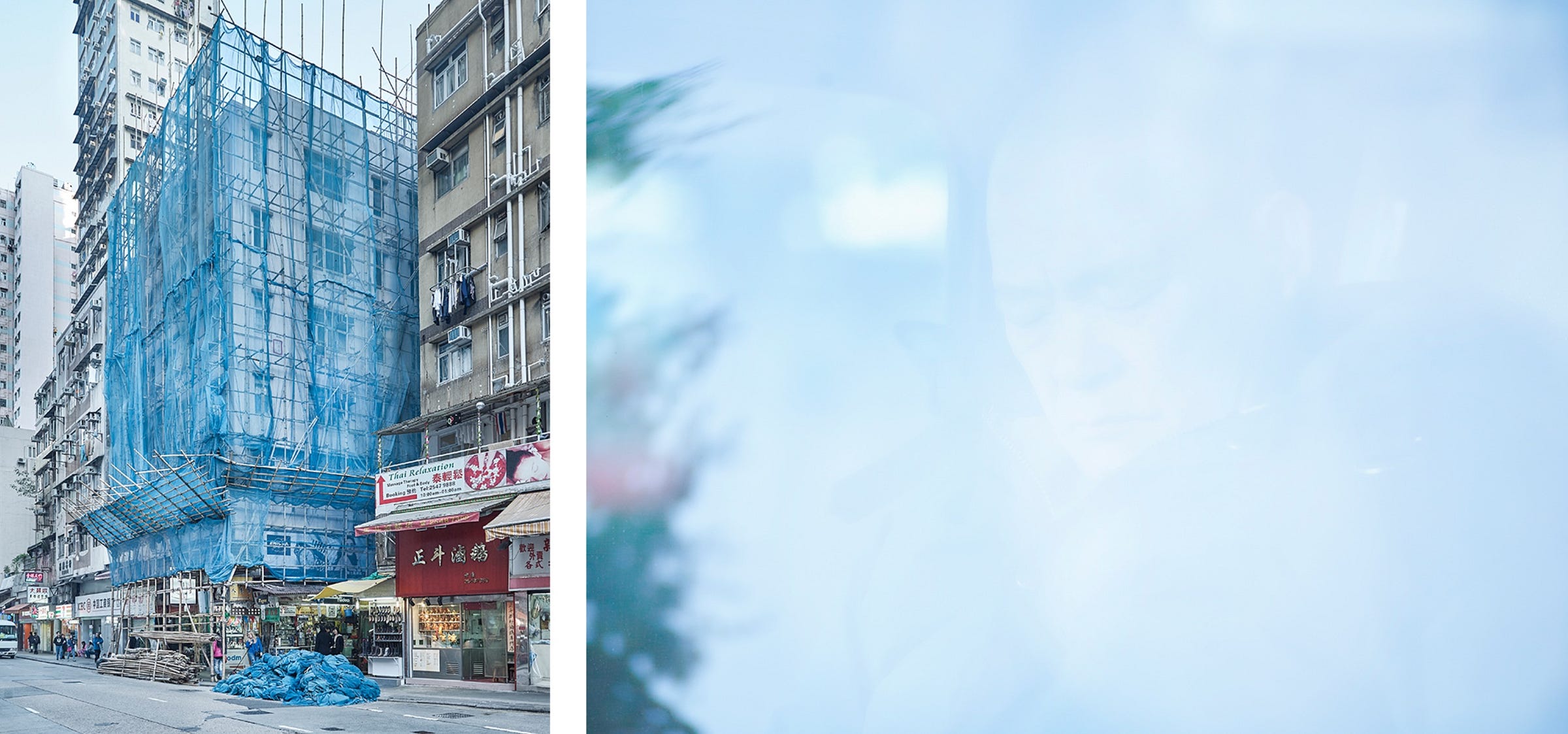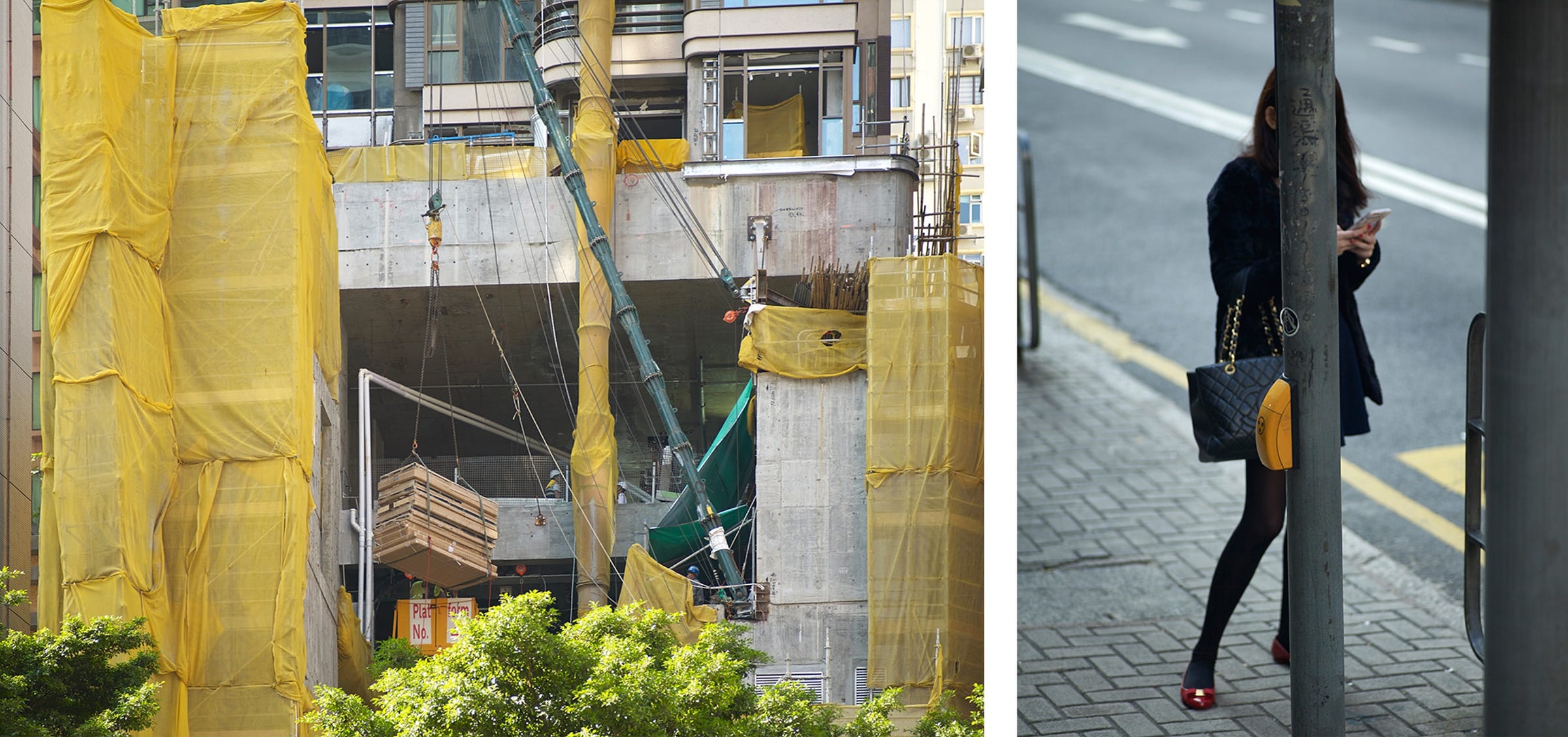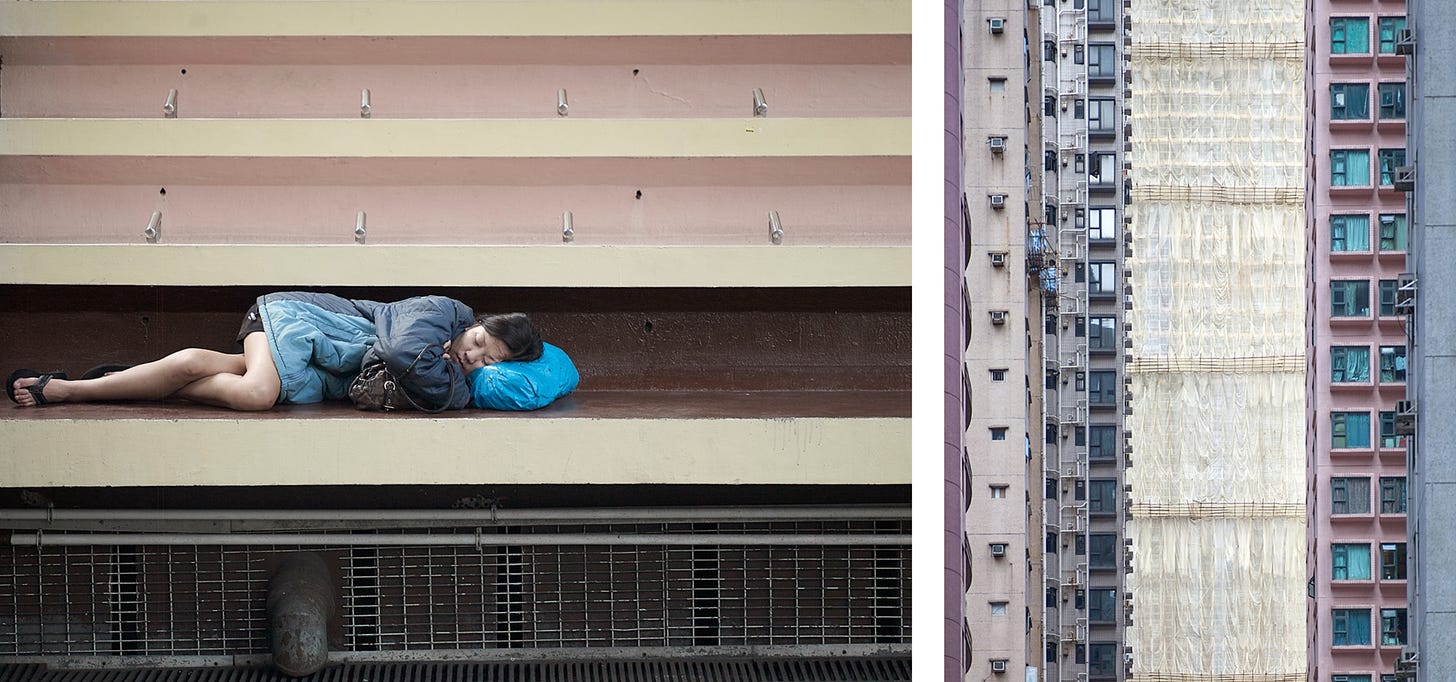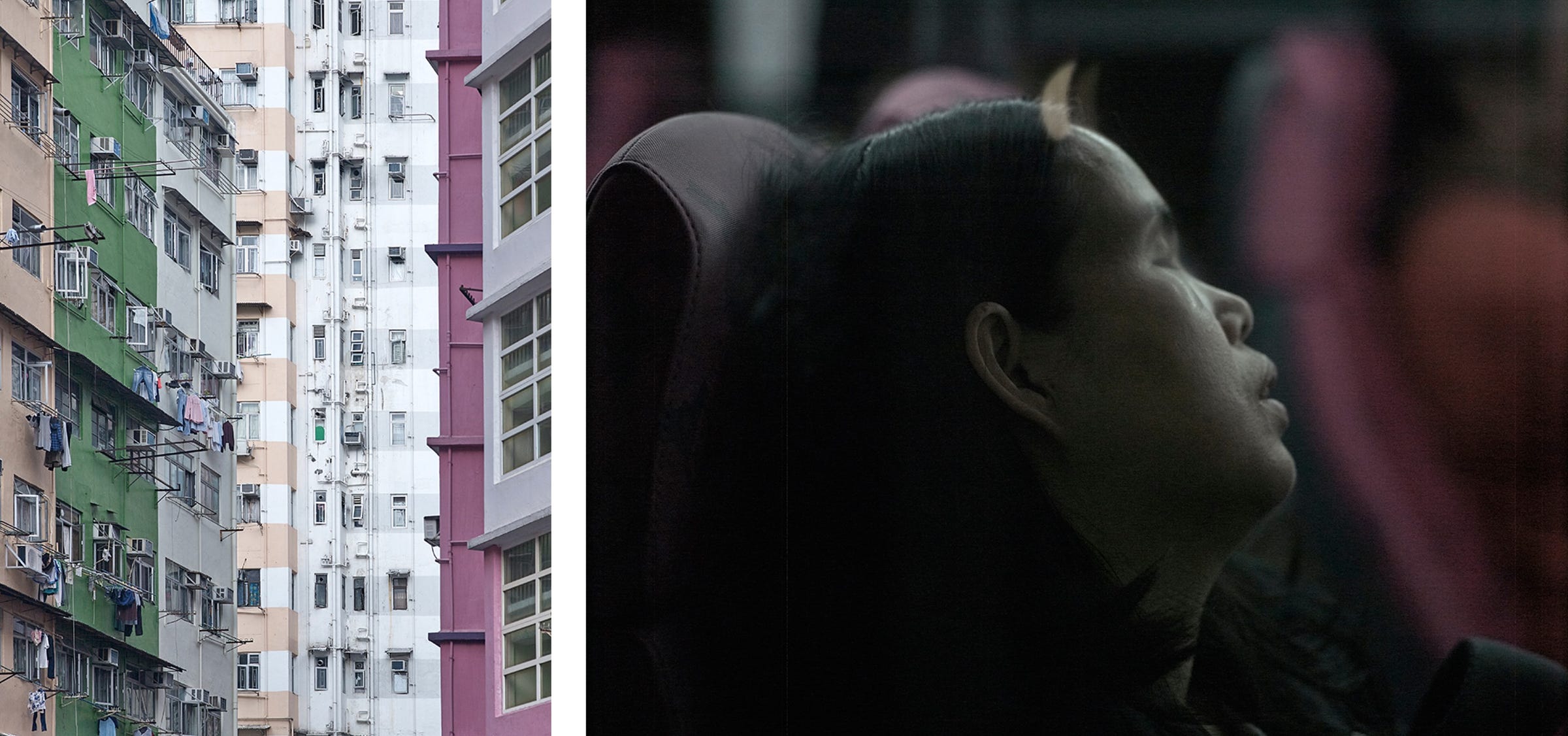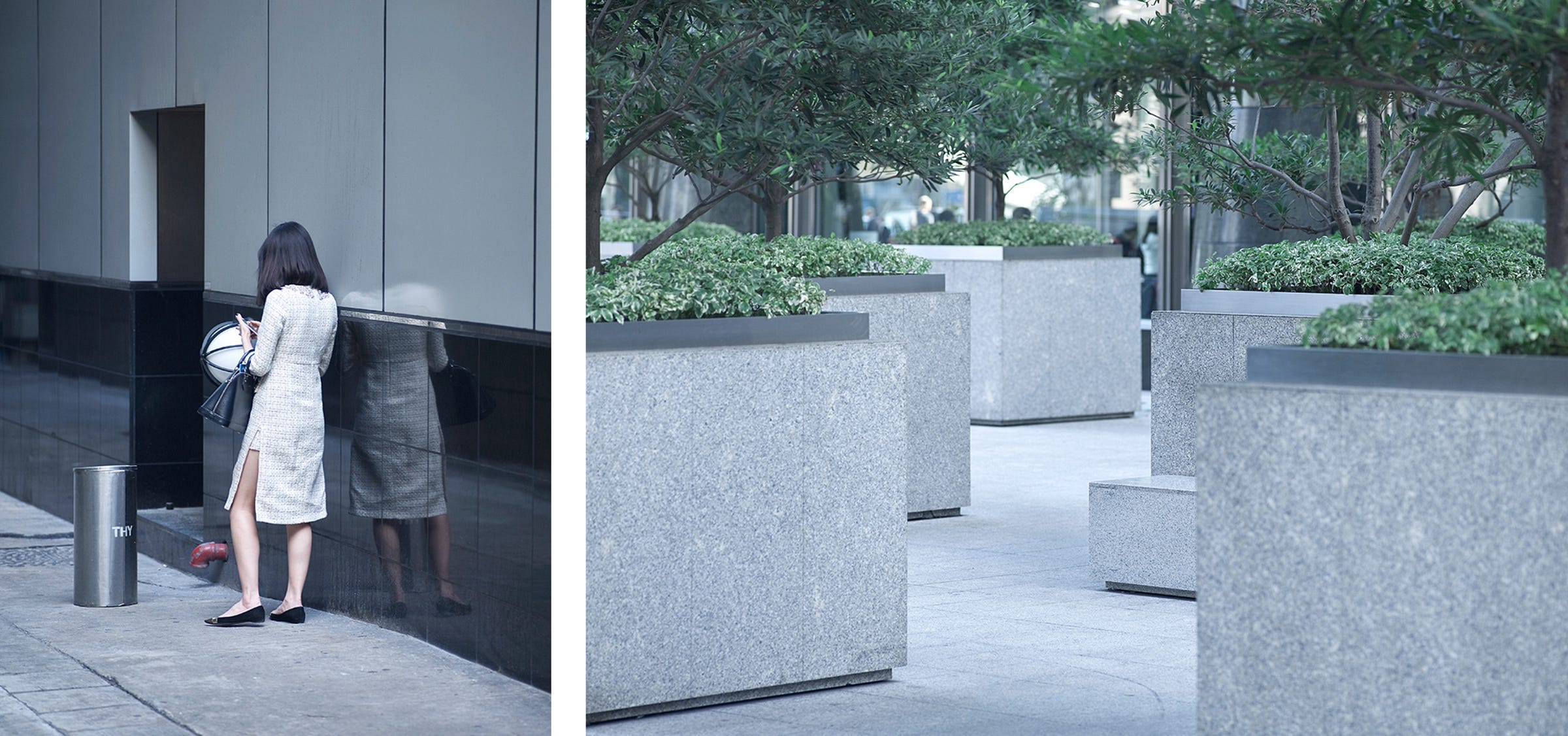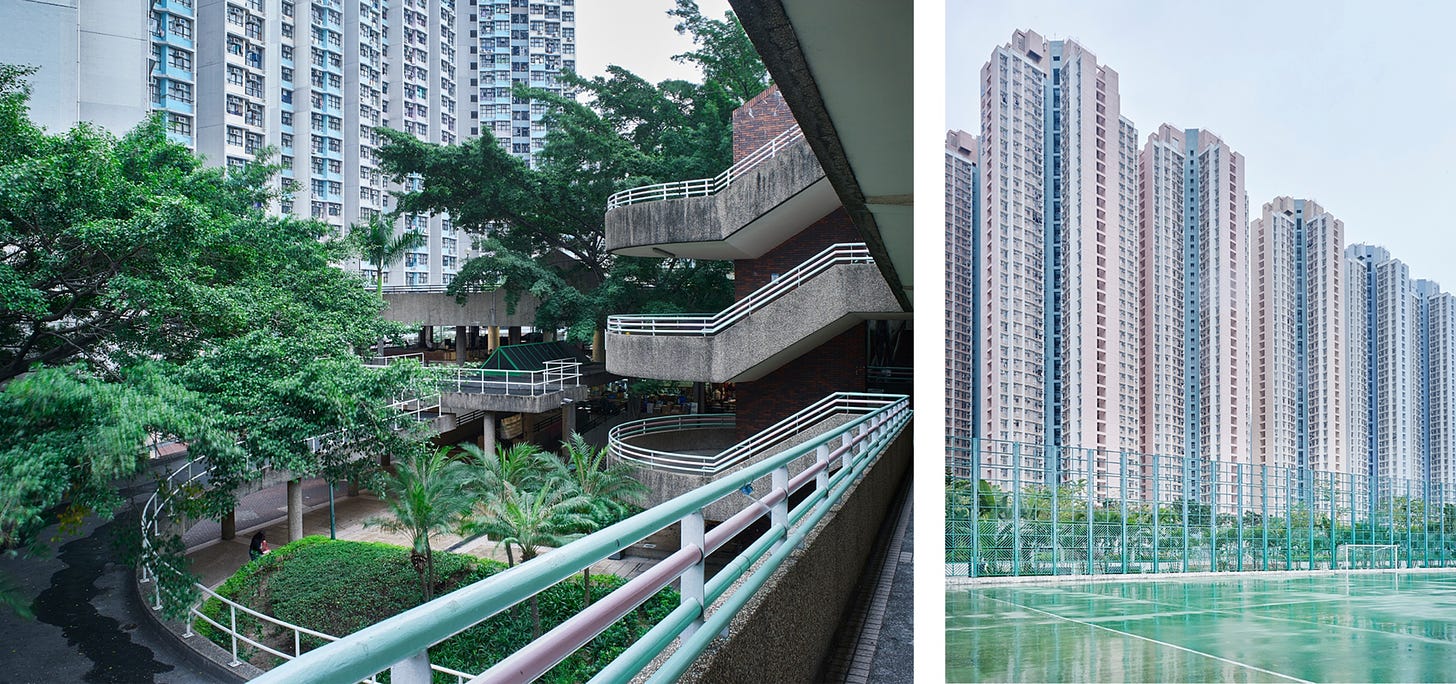#onchain
About this series
Hong Kong Stillness is a photographic series by Sepp van Dun that explores themes of introspection and silence in an Asian city undergoing significant social, political, urban, and cultural transitions.
Cities are synonymous with bustle and chaos. Population growth and the influx of refugees has created a giant identity crises for the inhabitants of European cities. To cope with the situation requires a significant reversal in the mindset of individuals and a genuinely global outlook. The pace of change is staggering and with that comes new challenges.
In places where people feel that they are being swallowed up by the crowd and fear they will lose their identities, this project proposes stillness as a vital source of knowledge.
Interview
To start, can you talk a bit about your background as photographer?
As a professional photographer based in Belgium I'm exploring themes of introspection and silence in cities and countries that are undergoing significant social, urban and cultural transitions. My intention is to give the viewer something new to think about, every time s/he looks at the image. In my former life as a journalist, I did exactly the opposite: writing in a very objective way about current events. But I made a big transition from writing journalism to storytelling photography which changed my perspective completely. In this new role, I am free to explore and interpret what I see from a more affective, personal, and subjective place.
What is this collection about? What does it mean to you?
When I was thinking about big Asian cities, I mostly envisioned millions of people and lots and lots of neon lights in my mind. For me, a more introvert type of person that prefers one on one contact or small groups, that situation seems unlivable and so I wanted to search for something that would make it bearable for all those millions of people.
In 2015 I created a small series of color photographs depicting people and structures in Hong Kong in various states of stillness, capturing the quieter moments of transition in the daily life of the city’s inhabitants.
How does a densely populated city like Hong Kong create a livable context for the inhabitants? If stillness can be found in there, what might we in the West learn from such a metropolis about how to cope with massive transitions?
I noticed that people seemed to accept the transitions in their frenetic urban lives in an almost poetic way. Employing soft colors and drawing on the city’s pattern of ever-present lines, I translated this observation into stylized images that evoke an atmosphere of air and light, and in which silence reigns. What remains when the hustle and bustle of Hong Kong dies down, when the city transitions from a state of intense activity to a state of stillness, is silence.
But once again, I’m not the journalist anymore neither a demographic sociologist, so I actually want to ask that same question to my audience rather than try to give an answer myself.
Same story for my collection ‘Fragile - もろい' about (the lack of) intimacy in Japan. I can only hope by viewing the entire collection that the audience can feel the atmosphere and tell their own story or try to question things themselves.
What are one or several challenges you faced when making this series in 2015?
Time is always a big challenge when making series in far overseas countries. It takes a few days for me to recover from the culture shock. After that I need a few days to find my way. I never map out my travels and immerse myself in what life brings there. Time is usually too short for what I want to tell. So sometimes I have to go back after a few months. Making such series costs time, energy and money.
Why do you choose to list the collection as diptych 1/1 NFTs? What’s your concept behind that?
The main reason for that is that I don’t like to separate the two photos that make the diptych. For me they belong together. When exhibiting in real life they are presented together as well. But at this moment with the current platforms the only way to do that is by putting a white frame around both. I like that presentation, but I can understand as well some people are afraid of collecting them presented like that. So what I do when someone collects one of these diptychs, is minting right away both separate photos as well as a 1/1 and airdropping those to their wallet. So what the collector gets for the reserve of 0,5 eth are actually three 1/1 NFT’s. In that way they can present the works in the way they prefer.
Besides the 8 released NFT diptychs how many photos does the entire collection consist of?
There are 16 diptychs that will be minted in this collection, but there are more separate photos as well that will not be in this collection.
I’m curious what photo books you’ve liked – either for their layout or some other quality of them, or a photographer who you’ve more consistently liked the works?
That question is always so hard to answer because there are so many different types of good photographers. But let’s start with of few of my countrymen.
I admire the work of Harry Gruyaert for his stand alone photos. Every single photo this man takes is of an unseen beauty in my opinion. If I could borrow his eyes if only for a day!
But I recognize myself more in the way Carl De Keyzer works. Traveling around with my camera and a tripod if necessary and making books like ‘Moments before the flood’ or ‘Higher ground’ for instance.
I can go one for a few weeks on this question if you have the time.
What are you working on now? And where is your photography going?
To be honest, at this moment I’m figuring out what will be next. I had a big trip planned to Russia when the war in Ukraine broke out. That trip is in on the shelf again as you can understand. But I’m very attracted by Asia. I’m figuring out if I should continue my collection about intimacy in Tokyo or just start again from another point of view. Working in complete different worlds works best for me, that is the only thing I am sure of.
As for the recent future, I have my work in real life exhibited February 9-12 at Rotterdam Photo, a photo festival in the Netherlands. And I got emailed this week that my NFT work will be shown in the Artist Village of NFT.NYC in April, so I have things to look forward to in both spaces. I really would love to keep combining both worlds.
Artist Bio
Sepp van Dun was born in Belgium in 1976. After a career as a journalist for various art and human interest magazines, he chose to change direction and to tell his story exclusively through images. His commissioned jobs mainly consist of architectural photography and urban landscape. Sepp also teaches photography at a Belgian university. Artistically, he tries to leave those comfort zones and travel around to tell his story through documentary storytelling.
Photographer: Sepp van Dun
Twitter: @introspecman
Instagram: @seppvandun
Foundation: Hong Kong Stillness
Photos copyright Sepp van Dun
DRAWLIGHTS | 1/1 – one post/one photographer, weekly. Off-chain and on-chain. By Peter Nitsch, lens-based artist, a member of Jenny Metaverse and lifetime Member of the Royal Photographic Society of Thailand.



